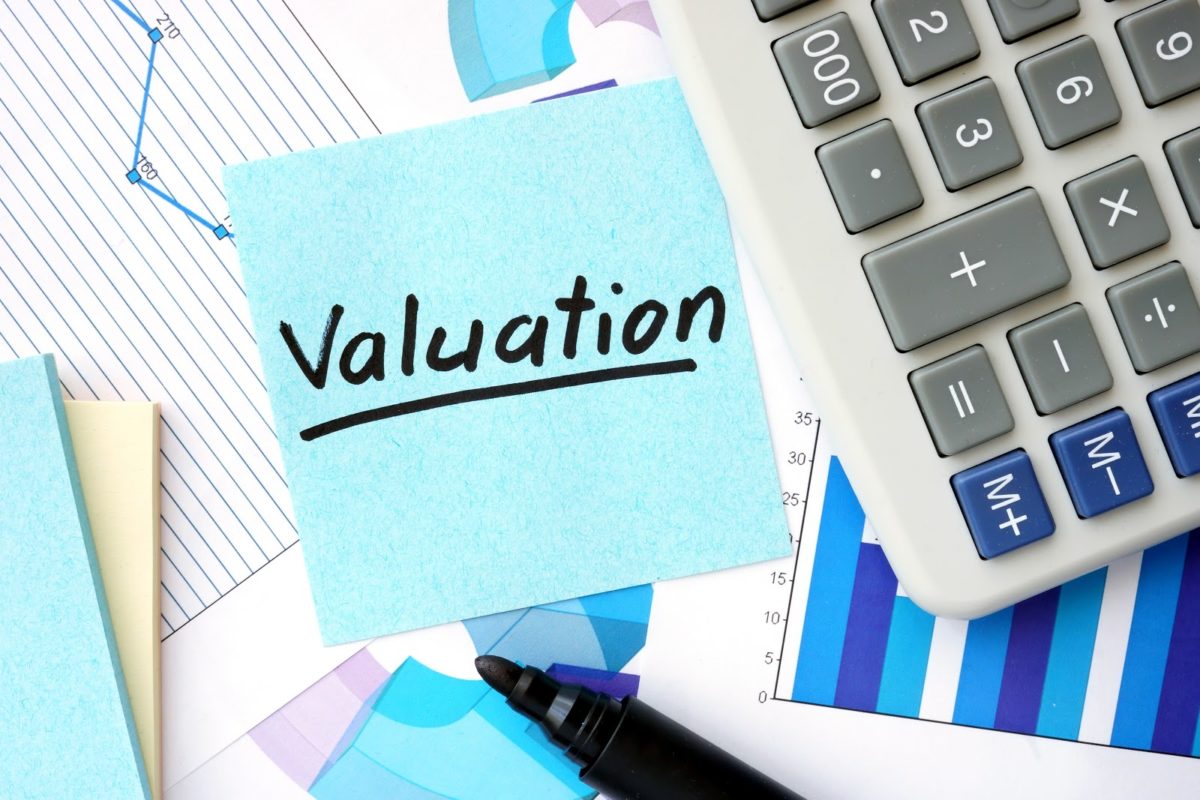In order to prepare for a successful transaction – in particular, for a merger, acquisition, or sale of a company – you need to prepare a large number of documents. Among them, the company valuation report occupies a special place. It not only contains complete information on the value and value of the company in today’s market but also provides a complete report on the assets available in it according to the specifics of the company and market trends. What else is the value of a company valuation report, we suggest you learn from our article.
What is the role of a company value report in transactions?
In various kinds of transactions, each of the parties should have as much information about the subject of the transaction. A company value report provides this information, and it also includes an analysis of its major assets that are available for use at the time. Such a report will be used as the basis for compiling a market valuation of the company or its structural part.
There are several varieties of company value reports:
- Comprehensive – provides all available information about the company and its assets, as well as their post-transaction uses;
- Valuation report: In the first place, it provides information on the availability, size, and value of the company’s assets, which are the basis of the market valuation of the company;
- Estimated – it provides, in summary, form, the approximate results of the financial audit of the corporate assets on hand;
- Critical – a report that provides information on a company’s financial performance, but does not contain a valuation of its assets, not even an approximate one.
Depending on the purpose of the transaction can use one of these reports of the company value, but most often use a comprehensive report, which contains all the necessary information in an accessible form.
What are the 5 methods of valuation: how to make a valuation report?
The 5 most popular methods are used to draw up a company valuation report, among them:
- Asset valuation. This method is used to assess the tangible and intangible assets on hand to make a market value of the entire company. It contains the most up-to-date information about the company’s wealth and value to the marketplace.
- Profit Valuation. Depending on the number of profits, the approximate value of the company is determined, and its stability and ability to manage financial flows are assessed. The faster a company repays debts with profits, the better is its well-being, and, accordingly, the higher is its valuation in the market.
- Relative valuation. This method is used to determine the prospects of using the company’s assets in the future, after the transaction. This evaluates the price at which it can be sold right now.
- Future profit valuation. Another way to approximate the future valuation of a company’s assets. This valuation uses an analysis of current profit figures and their approximate future figures to give a more complete picture of future use.
- Cash Flow Estimation. This method can also be called a company’s prospect valuation, only the discounted cash flows that the company may receive during future development are used as the main indicator.
At drawing up a report on the value of the company it is necessary to consider all nuances to receive the real estimation, and also to estimate prospects of the future acquisition for all participants of the transaction.

